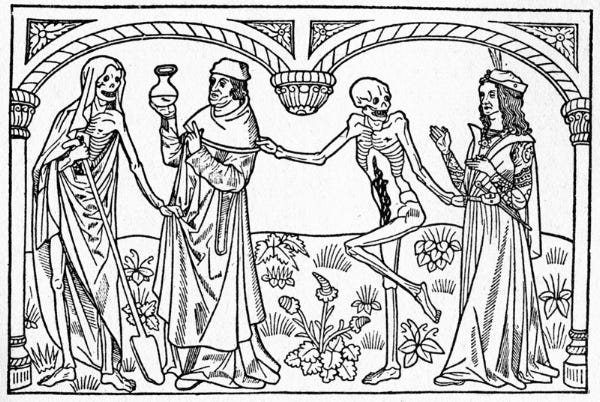This week the brilliant Brian Evenson was visiting one of my classes and one of my students asked how he handled picking an idea in stories when there are so many directions any story can go. Evenson said, quite correctly, that you just have to pick an idea and see where it goes. But he added something really important that perhaps isn’t said enough to …
Keep reading with a 7-day free trial
Subscribe to Counter Craft to keep reading this post and get 7 days of free access to the full post archives.




